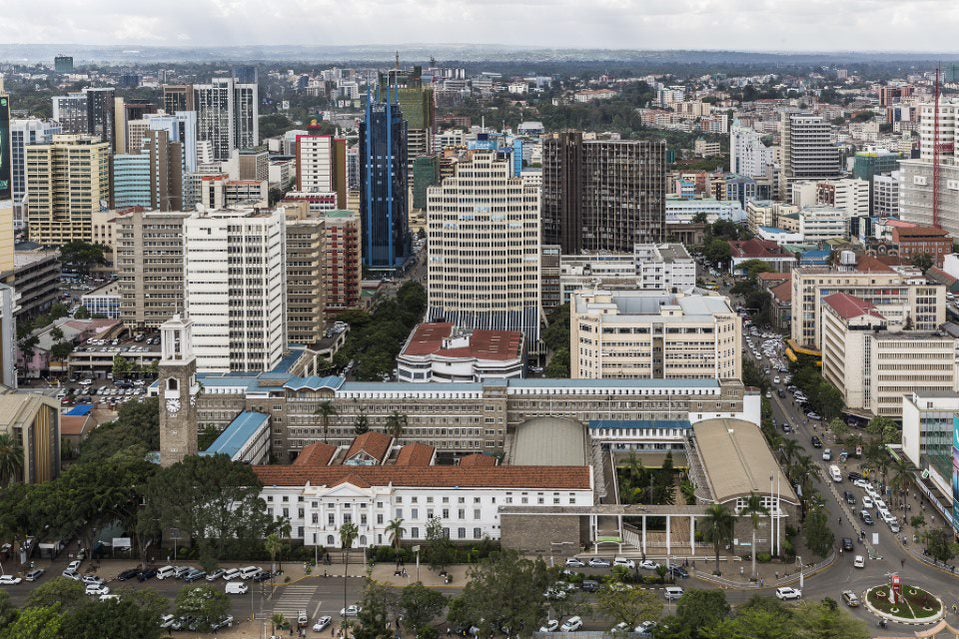Kenya

Key country characteristics
- Lower-middle income state in Sub-Saharan Africa
- Population: 52.6M
- GDP Per Capita: $4,509
- Life expectancy at birth: 67

In 2016, Makueni County in Kenya implemented a health coverage scheme called MakueniCare, aiming to expand Makueni residents’ access to equitable, affordable, and quality primary health care. A large proportion of health services in the County are provided in County-owned health centers, but funding for these county health centers had been minimal, forcing families to pay for primary care services out-of-pocket. The coverage scheme aimed to minimize out-of-pocket spending on prioritized PHC services at Makueni-owned health centers. 1 MakueniCare pooled funding from the central government and county government along with donor funding (e.g. from the World Bank) and household contributions to allocate additional resources for primary care at county-owned health centers. This has helped strengthen supply-side infrastructure and enable better data capture for the program’s evaluation.
In addition, Makueni County encouraged the provision of PHC services in lower-cost settings by introducing a gatekeeping mechanism. Referring facilities must receive prior authorization from the referral facility. To incentivize high-priority PHC services within the Kenya Essential Package for Health 2, the scheme paid providers on a fee-for-service basis.
As the owner of county health centers, the County government prioritized and channeled allocations to primary care facilities in order to strengthen the PHC orientation of their health system. The Kenyan government is currently reviewing the MakueniCare program to assess whether the model should be brought to scale.